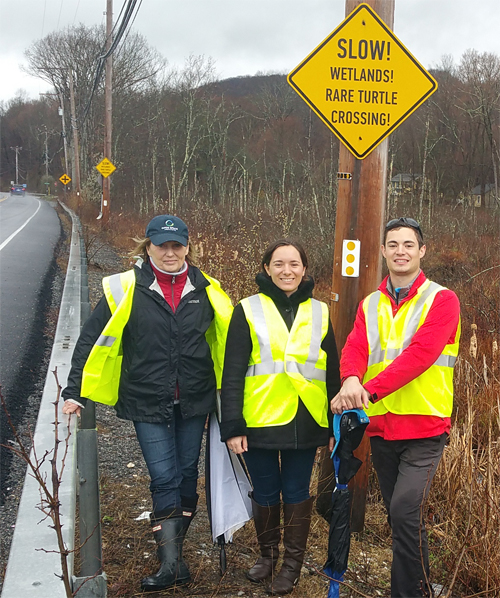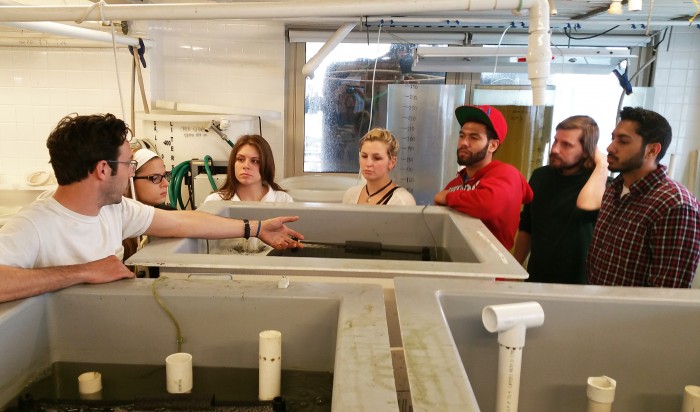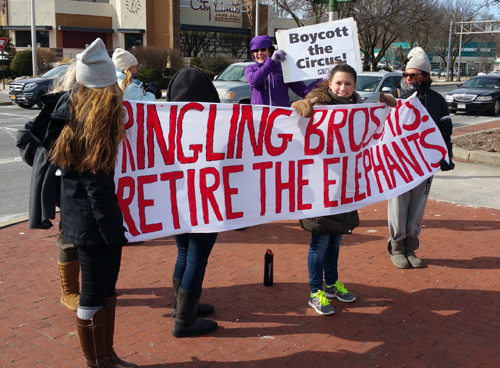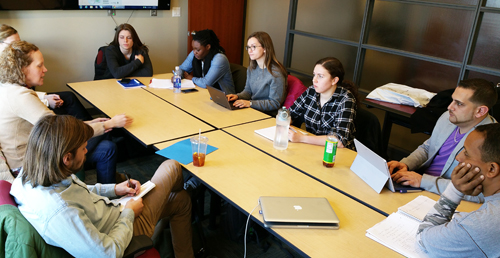Barely had Typhoon Haiyan moved on from its Philippines landfall before its origins were blamed on climate change. That nation’s climate representative, Yeb Sano, made an agonizing plea and pledged a hunger strike at COP 19, the UN Framework Convention on Climate Change meeting in Warsaw Poland. Others have joined.
From both a science and social point of view, things appear more complicated. Our warming planet has not neutralized nature’s inherent randomness. And, like Haiti, extant poverty has made the Philippines one of the most vulnerable island nations.
On the science of storms, Brian McNoldy , senior research associate at the University of Miami, told Climate Central:
We don’t get to pick and choose which storms are enhanced by a warmer climate and which ones aren’t, so this was just as subject to this year’s climate as the numerous others that weren’t so impressive. Extremely intense tropical cyclones are rare, but have always been a part of nature — we don’t need to find an excuse for them.
Andrew Revkin, Pace Academy colleague and New York Times Dot Earth blogger, has written two excellent posts on the role of poverty and population in the human devastation:
I encourage you to read every word in Seth Borenstein’s excellent Associated Press overview of the factors behind the vast toll in the central Philippines from Typhoon Hainan — most of which are related to population density and poverty in a disaster hot spot. READ MORE
For many millions of people living in the planet’s poorest, most populous places, a state of recovery from what used to be called “natural” disasters has become the norm, not some exceptional circumstance. The central Philippines, now reeling from the impact of Typhoon Haiyan, a super storm if ever there was one, are just the latest place in which huge human losses follow a disaster that, in a rich country, would almost assuredly mainly exact a financial toll. READ MORE









